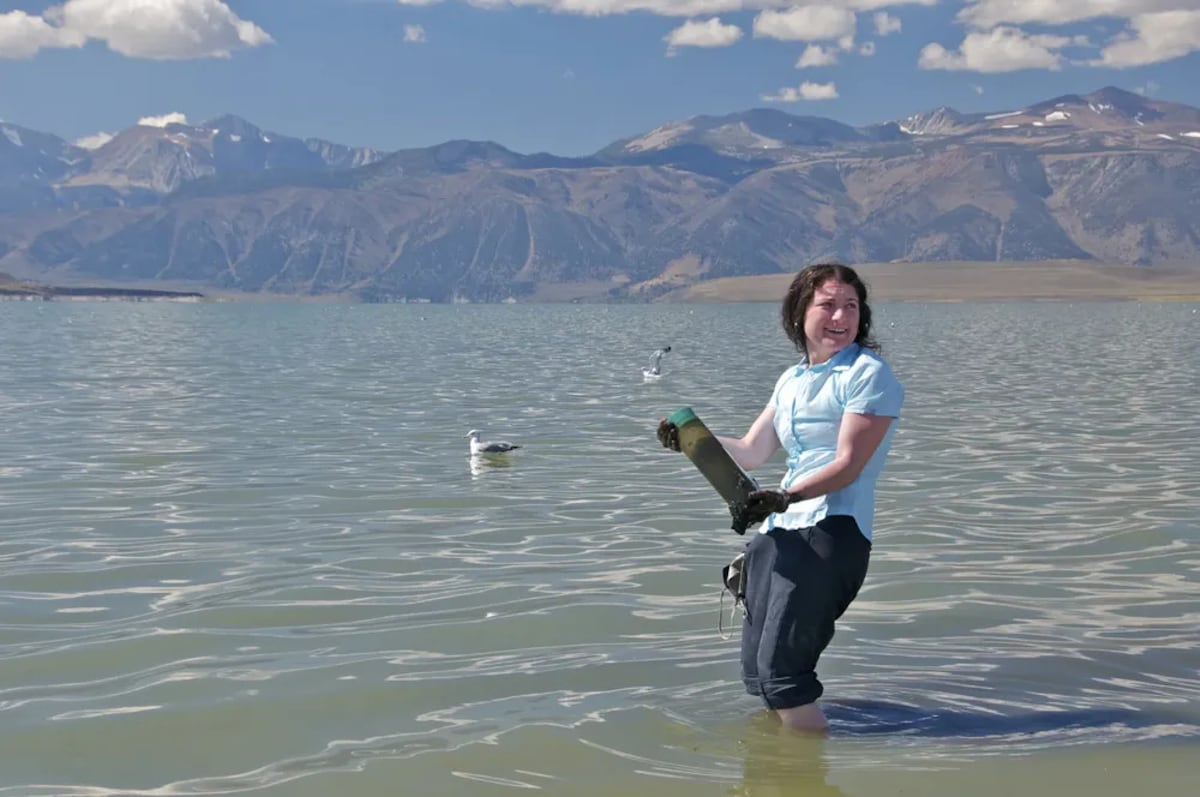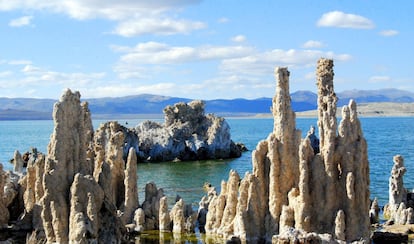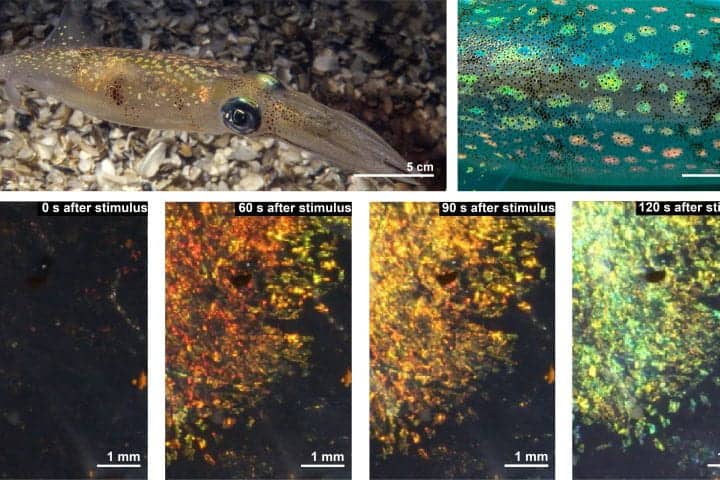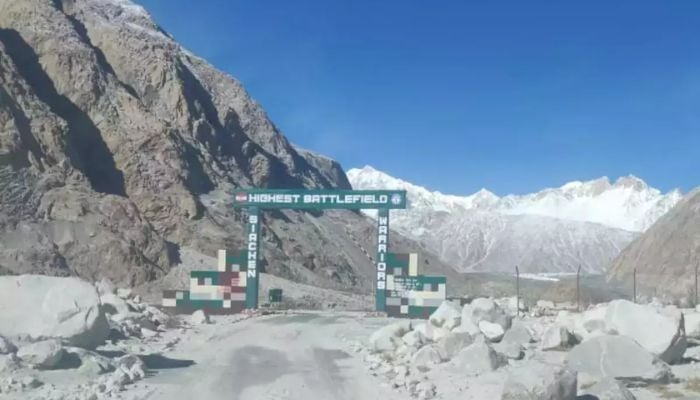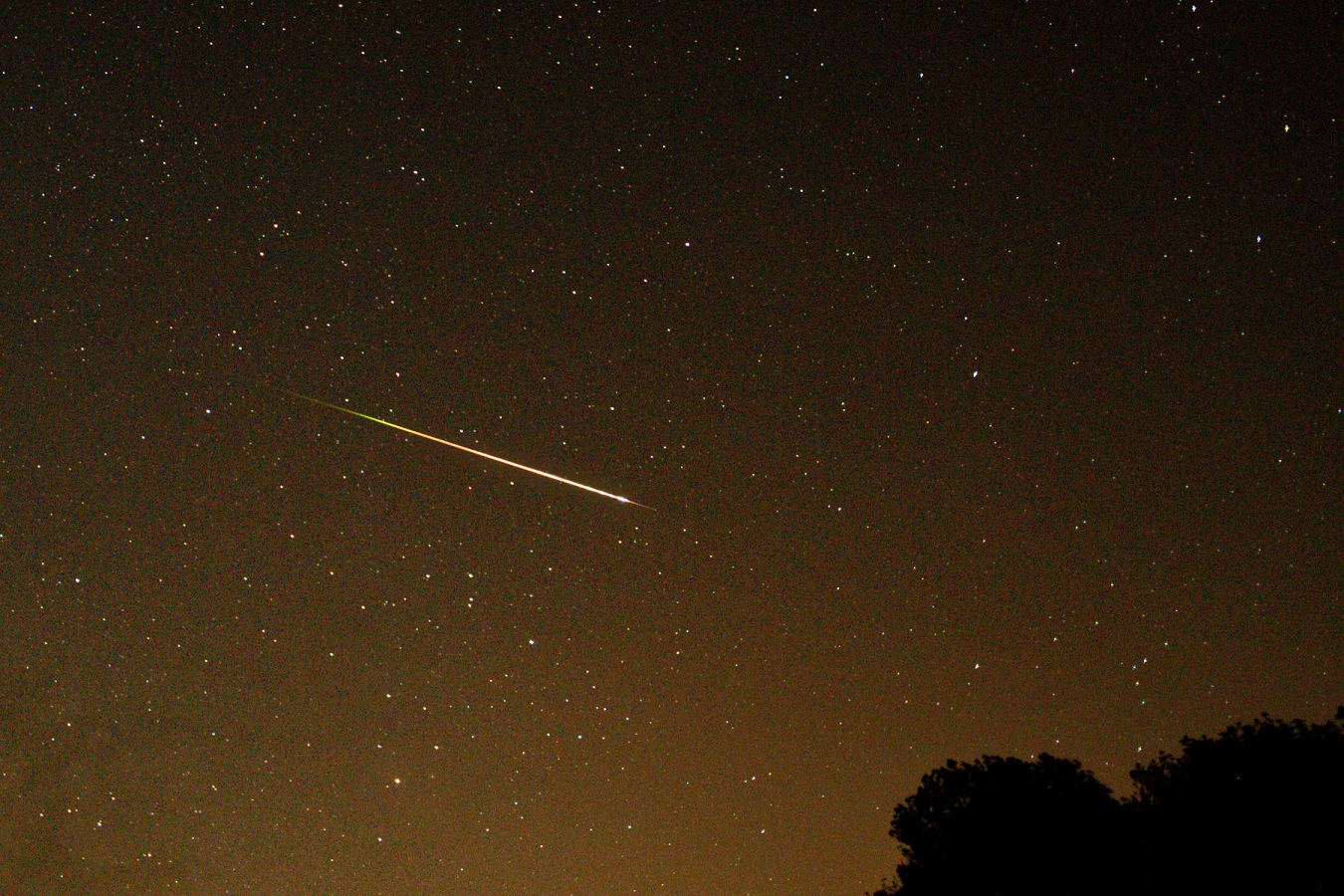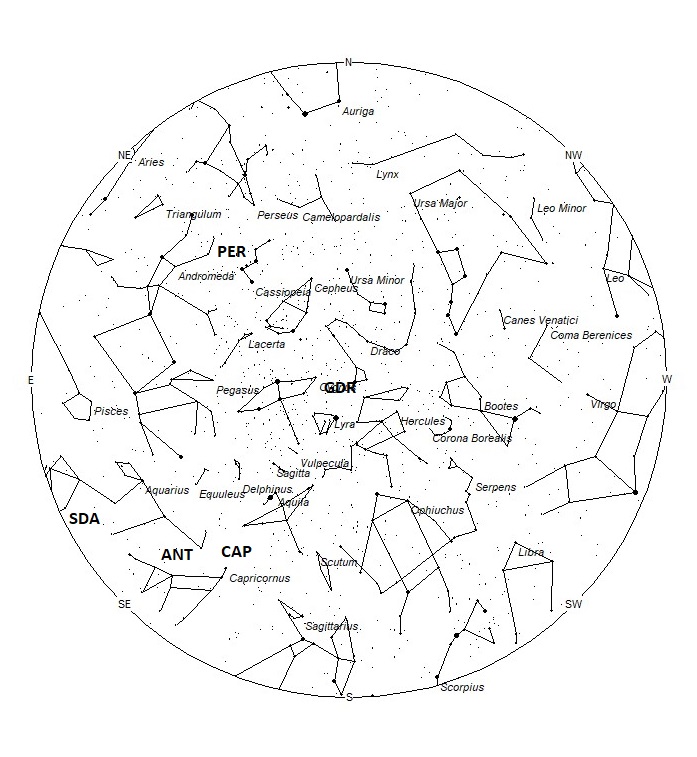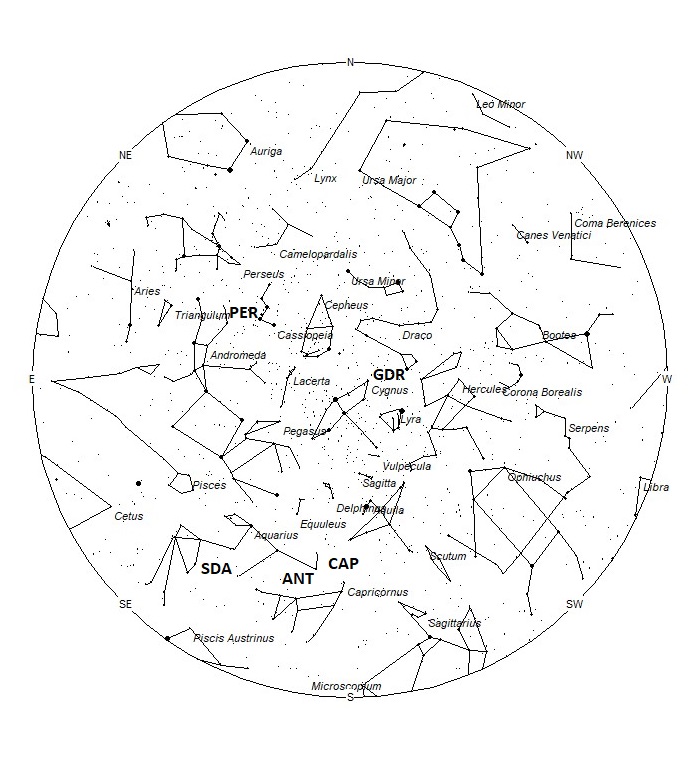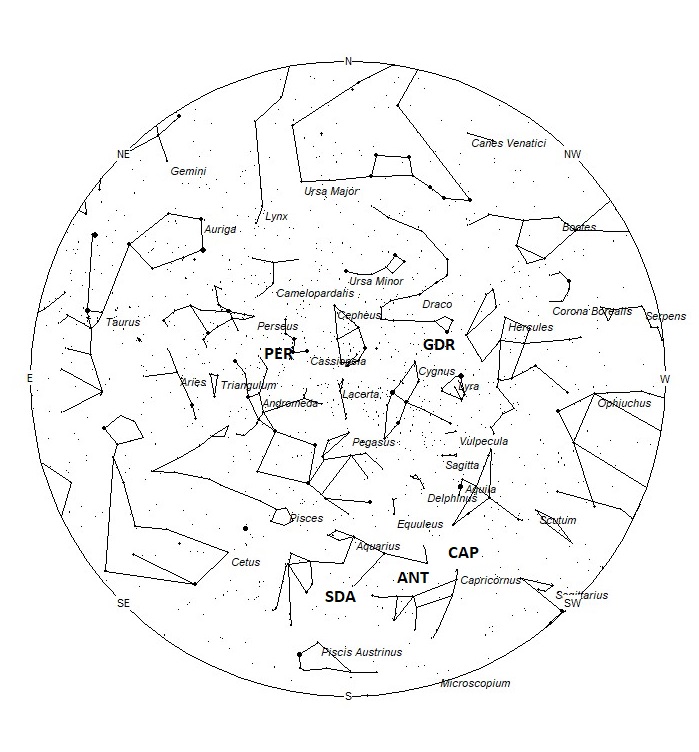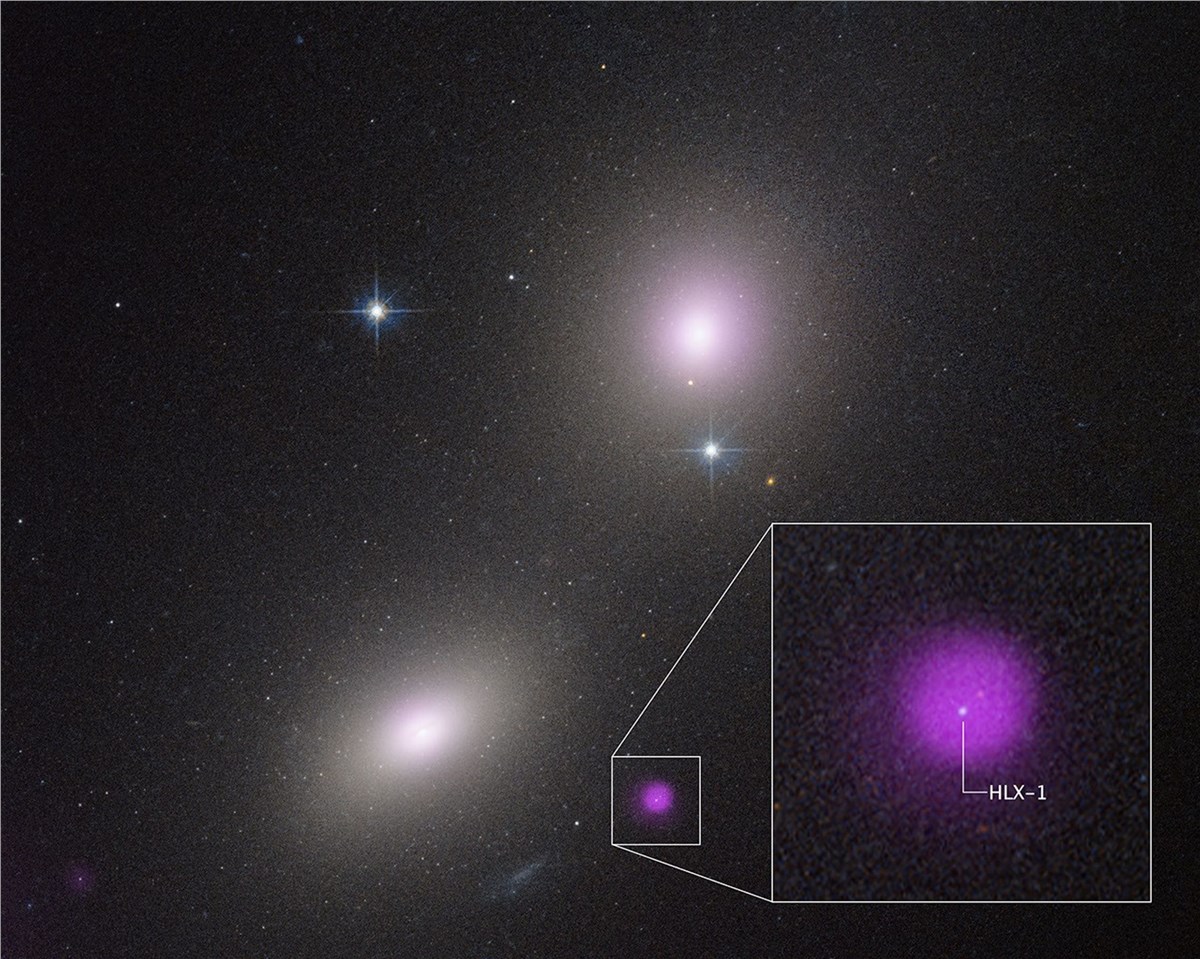The underground fungi networks that help sustain Earth’s ecosystems are in need of urgent conservation action, according to researchers from the Society for the Protection of Underground Networks (SPUN).
The scientists found that 90 percent of mycorrhizal fungi biodiversity hotspots were located in unprotected ecosystems, the loss of which could lead to lower carbon emissions reduction rates, crop productivity and reduce the resilience of ecosystems to climate extremes.
Mycorrhizal fungi “cycle nutrients, store carbon, support plant health, and make soil. When we disrupt these critical ecosystem engineers, forest regeneration slows, crops fail and biodiversity above ground begins to unravel… 450m years ago, there were no plants on Earth and it was because of these mycorrhizal fungal networks that plants colonised the planet and began supporting human life,” said Executive Director of SPUN Dr. Toby Kiers, as The Guardian reported. “If we have healthy fungal networks, then we will have greater agricultural productivity, bigger and beautiful flowers, and can protect plants against pathogens.”
Excited to get these data into the hands of decision makers.
[image or embed]
— Society for the Protection of Underground Networks (SPUN) (@spun.earth) July 25, 2025 at 4:21 AM
Using over 2.8 billion fungal sequences from 130 countries, the scientists were able to create high-resolution, predictive biodiversity maps of the planet’s underground mycorrhizal fungal communities.
“For centuries, we’ve mapped mountains, forests, and oceans. But these fungi have remained in the dark, despite the extraordinary ways they sustain life on land,” Kiers said in a press release from SPUN. “This is the first time we’re able to visualize these biodiversity patterns — and it’s clear we are failing to protect underground ecosystems.”
The research was the first time a scientific application of SPUN’s 2021 world mapping initiative was done on a large scale.
Map from SPUN’s Underground Atlas shows predicted arbuscular mycorrhizal biodiversity patterns across underground ecosystems. Bright colors indicate higher richness and endemism. SPUN
Mycorrhizal fungi help regulate the world’s ecosystems and climate by forming underground networks through which they provide essential nutrients to plants and draw more than 13 billion tons of carbon annually into soils — roughly a third of global fossil fuel emissions.
“Despite their key role as planetary circulatory systems for carbon and nutrients, mycorrhizal fungi have been overlooked in climate change strategies, conservation agendas, and restoration efforts,” the press release said. “This is problematic because disruption of networks accelerates climate change and biodiversity loss.”
Just 9.5 percent of fungal biodiversity hotspots are found inside existing protected areas.
“For too long, we’ve overlooked mycorrhizal fungi. These maps help alleviate our fungus blindness and can assist us as we rise to the urgent challenges of our times,” said Dr. Merlin Sheldrake, impact director at SPUN.
SPUN is featured in @science.org in a piece written by @humbertobasilio.bsky.social. Learn where some of the most unique fungal communities exist, such as West Africa’s Guinean forests, Tasmania’s temperate rainforests, and Brazil’s Cerrado savanna.
Read here: www.science.org/content/arti…
[image or embed]— Society for the Protection of Underground Networks (SPUN) (@spun.earth) July 25, 2025 at 6:33 AM
SPUN was launched with the aim of mapping fungal communities to develop resources for decision-makers in policy, law and climate and conservation initiatives.
“Conservation groups, researchers, and policymakers can use the platform to identify biodiversity hotspots, prioritize interventions, and inform protected area designations. The tool enables decision-makers to search for underground ecosystems predicted to house unique, endemic fungal communities and explore opportunities to establish underground conservation corridors,” SPUN said.
The findings of the study, “Global hotspots of mycorrhizal fungal richness are poorly protected,” were published in the journal Nature.
“These maps are more than scientific tools — they can help guide the future of conservation,” said lead author of the study Dr. Michael Van Nuland, lead data scientist at SPUN. “Food security, water cycles, and climate resilience all depend on safeguarding these underground ecosystems.”
Prominent advisors to the work include conservationist Jane Goodall, authors Paul Hawken and Michael Pollan, and founder of the Fungi Foundation Giuliana Furci.
“The idea is to ensure underground biodiversity becomes as fundamental to environmental decision-making as satellite imagery,” said Jason Cremerius, SPUN’s chief strategy officer.
The maps will be crucial in leveraging fungi for the regeneration of degraded ecosystems.
“Restoration practices have been dangerously incomplete because the focus has historically been on life aboveground,” said Dr. Alex Wegmann, a lead scientist at The Nature Conservancy. “These high-resolution maps provide quantitative targets for restoration managers to establish what diverse mycorrhizal communities could and should look like.”
The international network of 96 “Underground Explorers” from nearly 80 countries and more than 400 scientists are currently sampling the most remote and hard-to-access underground ecosystems on Earth, including those in Bhutan, Mongolia, Ukraine and Pakistan.
While just 0.001 percent of the surface of our planet has been sampled, SPUN’s dataset already includes more than 40,000 specimens representing 95,000 mycorrhizal fungal taxa.
“These maps reveal what we stand to lose if we fail to protect the underground,” Kiers said.

